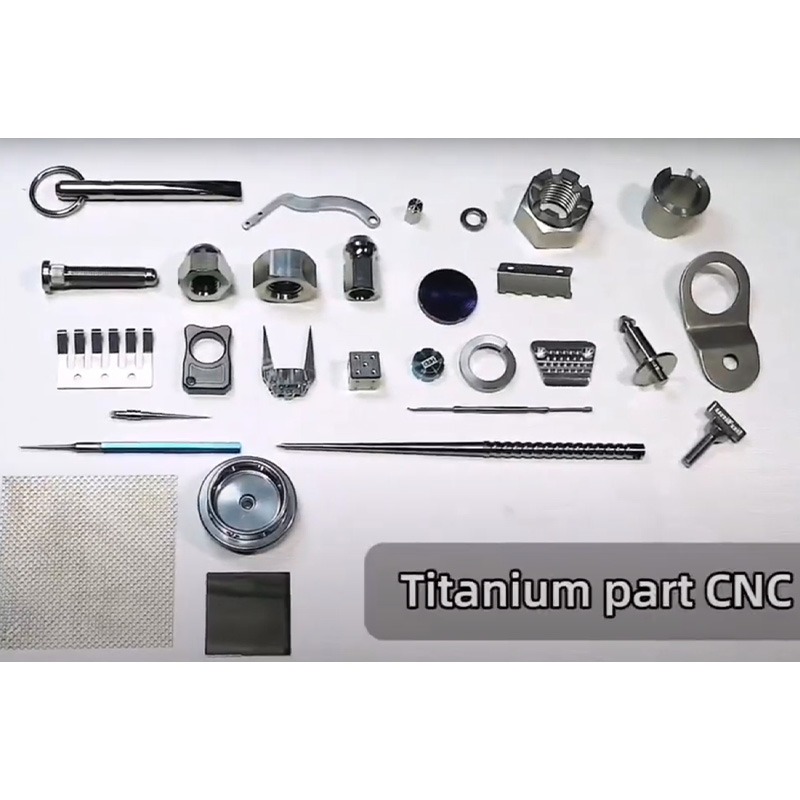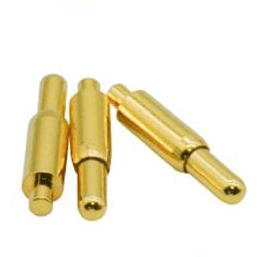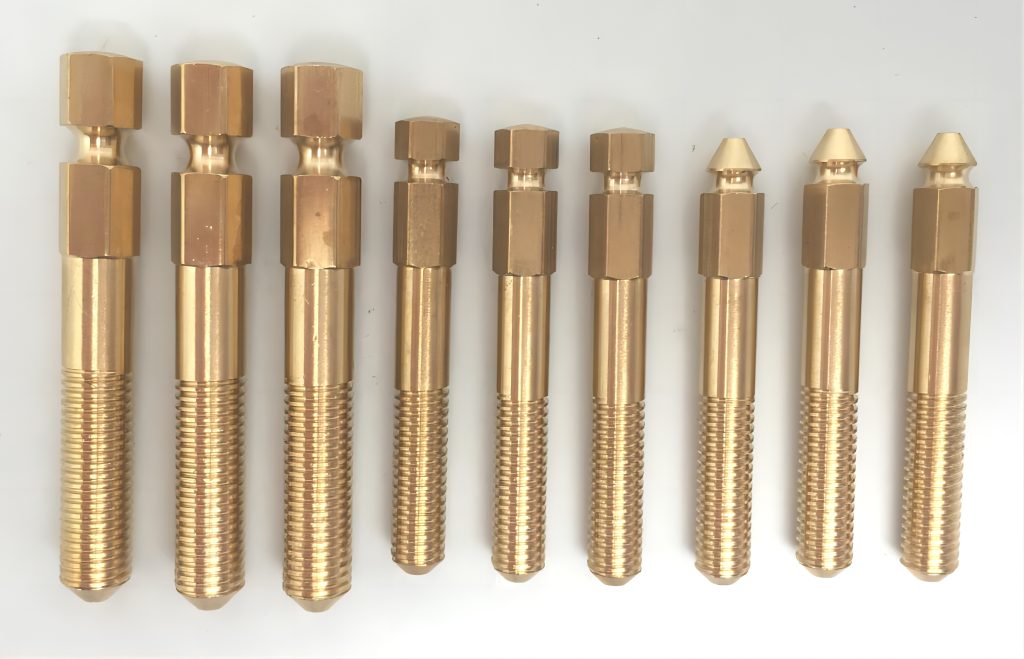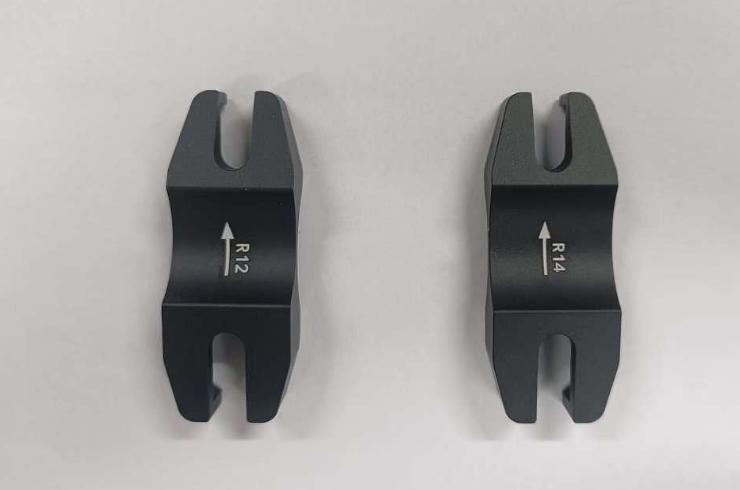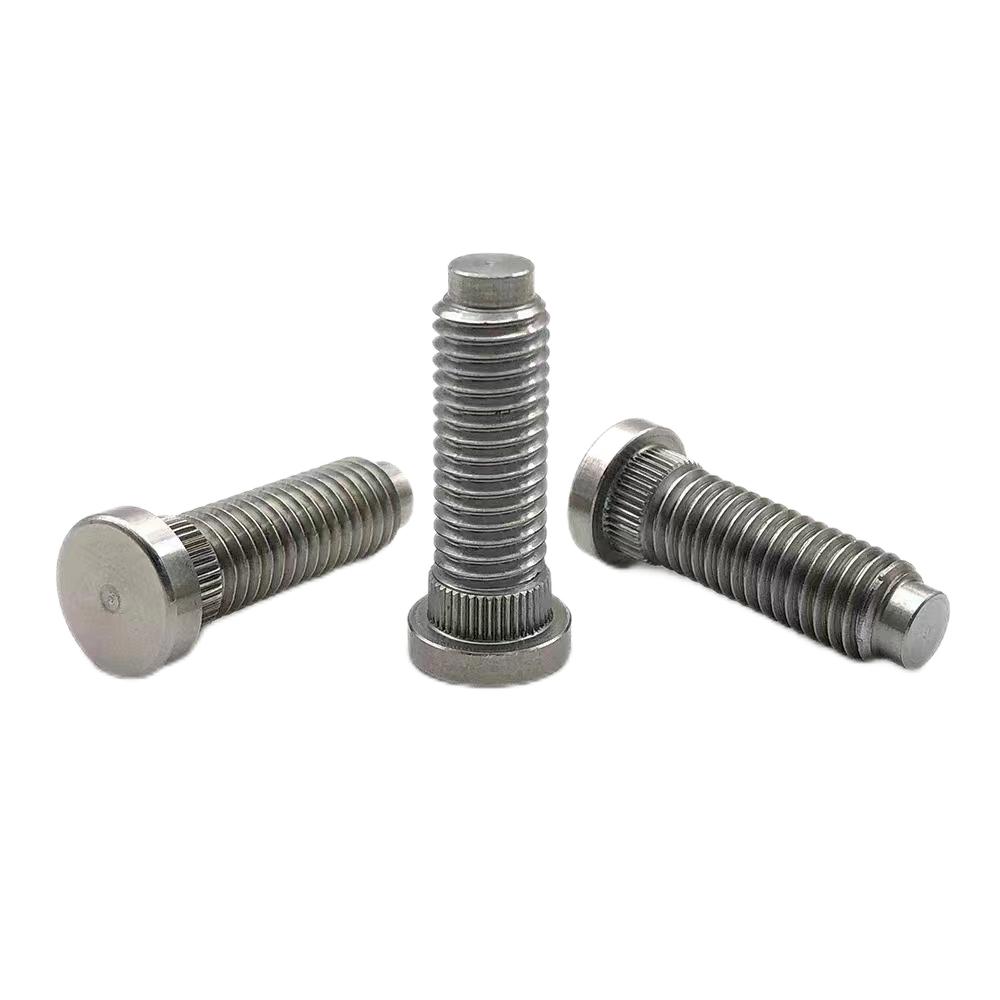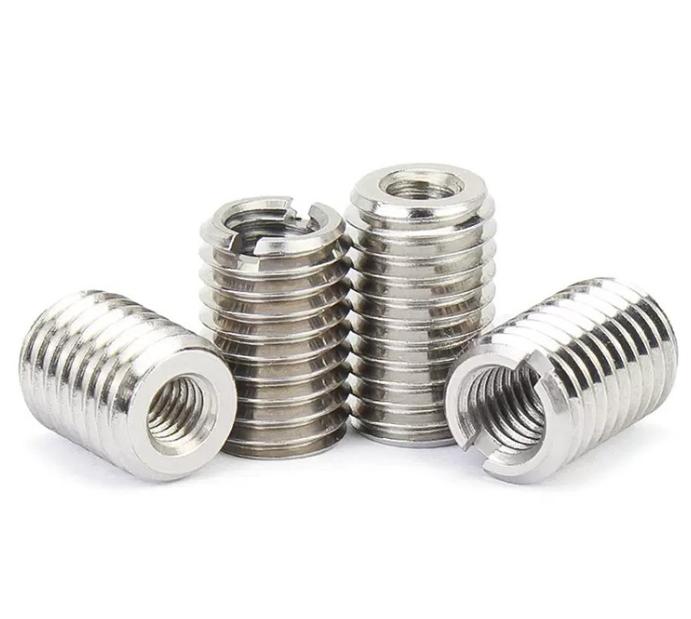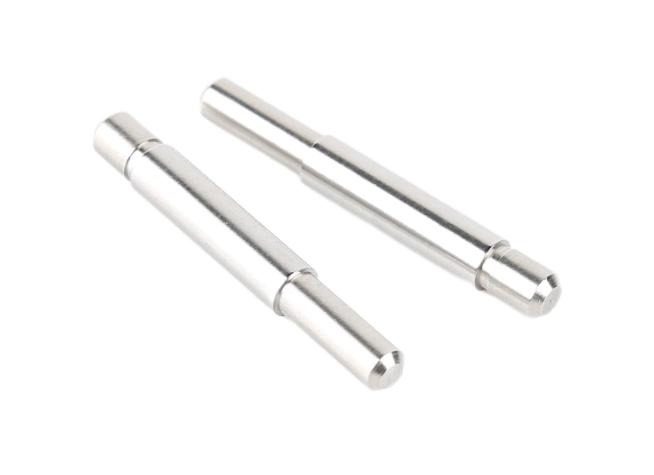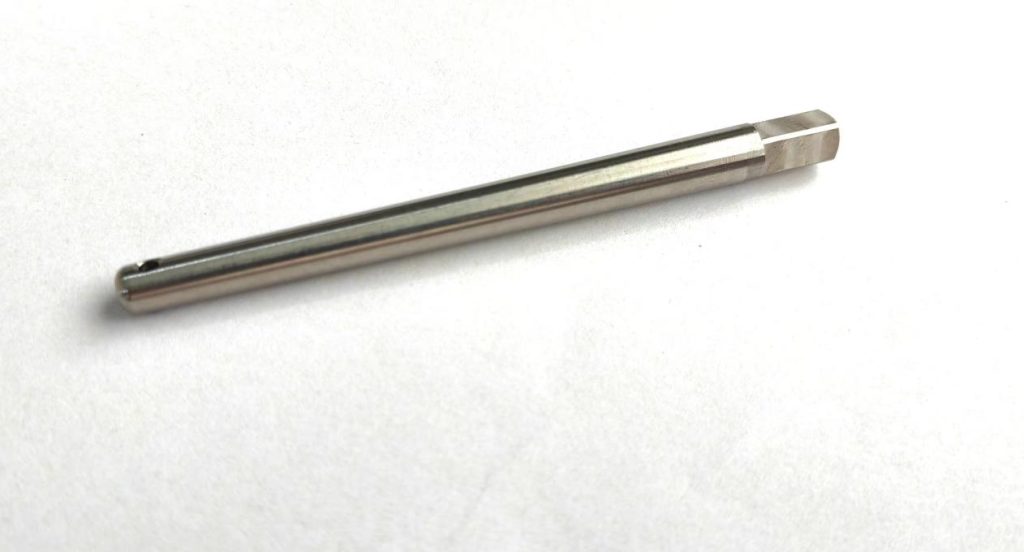The Power and Precision of CNC Turning
In the intricate manufacturing world, where precision and efficiency are the watchwords, CNC turning emerges as a technological marvel, revolutionizing the crafting of components with unparalleled accuracy. This article embarks on a detailed exploration of CNC turning, delving into its working principles, operating types, and the diverse components it brings to life.
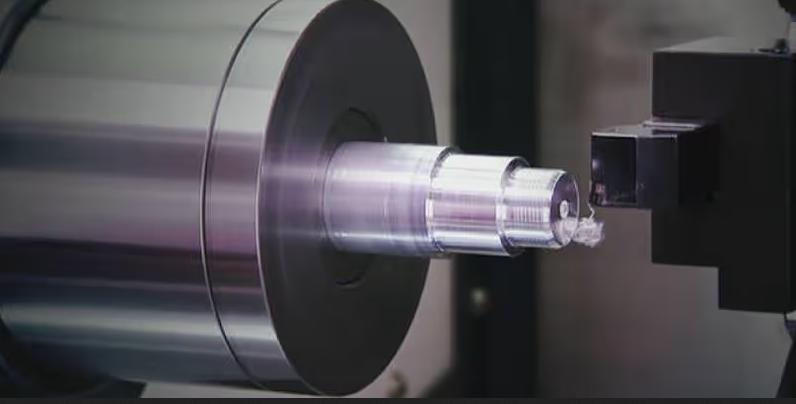
What is CNC Turning?
CNC turning represents a computer numerical control (CNC) machining technology employing a subtractive manufacturing approach. It involves rotating a workpiece, typically cylindrical in shape, while a computer-controlled cutting tool progressively removes material to achieve a desired final geometry. This refined process facilitates the production of highly intricate and dimensionally accurate components with excellent repeatability. Its capabilities extend beyond simple cylindrical geometries, encompassing conical shapes, internal and external threads, grooves, and complex contoured features.
The Working Principle of a CNC Turning Machine
CNC turning relies on a specialized machine tool known as a turning center or lathe. This machine comprises several key components:
Workpiece Holding: The workpiece, typically a cylindrical bar of metal or other material, is secured within a chuck. This chuck rotates the workpiece at high speeds (up to several thousand RPMs depending on the machine and material) to provide a stable and consistent cutting surface.
Tooling System: A turret, also known as a tool changer, holds multiple cutting tools. Each tool is designed for a specific operation, such as facing, turning, boring, threading, or grooving. The turret can rapidly index between tools, allowing for efficient machining of complex geometries.
Computer Numerical Control (CNC) System: The heart of the machine is the CNC system. This computer-controlled unit receives the digital design (typically in G-code format) and translates it into a series of precise instructions for the machine’s motors and drives. These instructions control:
- The rotational speed of the spindle: Determines the cutting speed and chip formation.
- Axial and radial movement of the tool turret: Positions the cutting tool relative to the workpiece for the desired operation.
- Feed rate of the tool: Controls the speed at which the tool advances into the workpiece, impacting material removal rate and surface finish.
- Coolant flow: Directs coolant to the cutting zone to reduce tool wear, heat generation, and improve chip removal.
This intricate interplay between the rotating workpiece, rapidly changing cutting tools, and precise CNC control enables the subtractive manufacturing process to transform raw material into complex and highly accurate finished parts.
Modern CNC turning machines often have multiple axes (e.g., X, Y, Z) for increased versatility in machining complex shapes. Advanced toolpath programming techniques can optimize cutting efficiency and minimize tool wear. Sensors and monitoring systems can provide real-time feedback on cutting parameters and machine health for improved process control.
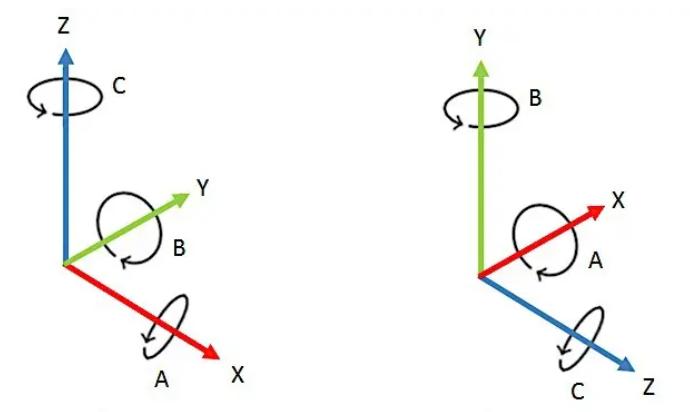
Operating Modes and Functions in CNC Turning
CNC turning encompasses a multifaceted suite of machining methodologies, each targeting specific part geometries and production needs. These modes leverage distinct toolpath strategies and cutting tool configurations to achieve the desired final form.
- Straight Turning: This fundamental mode utilizes single-point cutting tools that traverse parallel to the workpiece’s rotational axis. It excels in generating cylindrical features with varying diameters and lengths, such as shafts, pins, and bushings. The toolpath strategy typically involves axial feeding the tool along the desired diameter while the workpiece rotates. Carbide inserts with specific geometries are commonly employed for efficient chip formation and surface finish.
- Taper Turning: In this mode, the cutting tool is positioned at a precise angle relative to the axis of rotation, enabling the creation of conical shapes. Common applications include tapered shafts, funnels, and drill bits. The toolpath strategy typically involves coordinated movement along both the axial and radial axes to achieve the desired taper angle. Compound tool inserts or ball nose end mills are often used for this operation.
- Facing: This operation flattens and ensures perpendicularity of the workpiece’s end surfaces. A dedicated facing tool, typically with a broad cutting edge, traverses across the face at a controlled feed rate. The toolpath strategy involves radially feeding the tool towards the center of the workpiece until the desired facing depth is achieved. Inserts with high edge strength and wear resistance are crucial for optimal performance.
- Grooving: This mode creates precisely defined channels or grooves on the workpiece periphery. Dedicated grooving tools, with sharp edges and narrow profiles, are plunged into the rotating workpiece at a specified depth. The toolpath strategy involves both radial and axial feeding to achieve the desired groove width and depth. Carbide inserts with high hardness and sharpness are preferred for precise and burr-free grooves.
- Threading: Generating internal or external threads for fastening purposes is achieved in this mode. Threading tools, specifically designed for different thread profiles, create helical grooves on the workpiece surface. The toolpath strategy involves synchronized axial and rotational feeding of the tool, following the specific thread pitch and profile. Threading inserts with precise geometries and wear-resistant coatings are essential for accurate and smooth thread formation.
- Boring: This operation enlarges existing holes or creates new ones with precise diameters and depths. Boring tools, typically single-point cutters with defined cutting edges, are employed for accurate hole geometries. The toolpath strategy involves plunge feeding the tool to the desired depth and then radially feeding it inwards to achieve the target diameter. Round inserts with high stability and edge strength are commonly used for boring operations.
By understanding these diverse CNC turning modes and their associated toolpath strategies, one gains a deeper appreciation for the versatility and precision this technology offers in shaping various part geometries, ultimately contributing to successful product design and manufacturing.
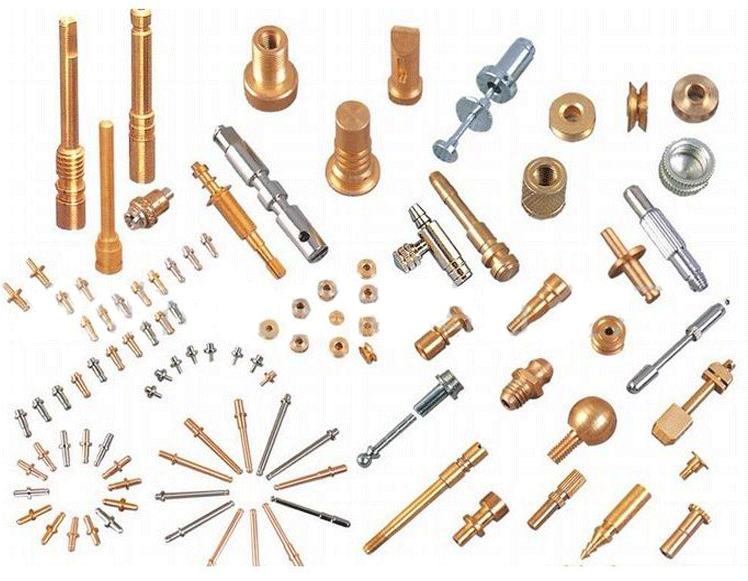
What Types of Parts are Suitable for CNC Turning?
CNC turning, a cornerstone of modern manufacturing, boasts remarkable versatility in producing a wide variety of parts with exceptional accuracy and efficiency. Its inherent strengths make it particularly well-suited for the following categories:
Rotationally Symmetric Components
- Cylinders, Shafts, Pins, and Bushings: The core strength of CNC turning lies in its ability to precisely machine parts with rotational symmetry around an axis. This allows for the creation of consistent and concentric features essential for these components.
- Concentricity and Tolerance Control: The precise control offered by CNC turning ensures concentricity between features within the part, critical for applications requiring smooth rotation and tight tolerances.
Threaded Parts
- Screws, Bolts, and Threaded Inserts: CNC turning excels at generating threads with accurate profiles and pitches. This ensures proper assembly and functionality, making it ideal for creating fasteners and threaded components.
- Variety of Thread Profiles and Pitches: The technology accommodates a wide range of thread profiles and pitches, catering to diverse application needs and industry standards.
Complex Contour Parts
- Curved and Contoured Features: Advanced CNC lathes equipped with multi-axis capabilities enable the efficient production of parts with intricate curves, contours, and features like grooves, pockets, and undercuts.
- Rapid Prototyping and Iteration: This capability is valuable for prototyping complex designs, allowing for quick iterations and adjustments before committing to mass production.
Precision Components
- Bearings, Spacers, and Gears: CNC turning shines in its ability to achieve high levels of precision, making it ideal for manufacturing components requiring tight tolerances. This ensures smooth operation, minimal friction, and optimal performance.
- Dimensional Accuracy and Repeatability: The technology consistently delivers parts with precise dimensions and geometries, crucial for components where accuracy is paramount.
Prototyping and Low-Volume Production
- Rapid Prototyping and Small Batch Runs: The automation and precision of CNC turning make it ideal for quickly creating prototypes and producing small batches of parts. This allows for efficient design validation and testing before scaling up production.
- Minimal Setup Changes and Repeatability: The ability to easily switch between designs and produce identical components with minimal setup changes makes CNC turning cost-effective for low-volume runs.
Material Diversity
- Metals, Plastics, and Composites: CNC turning can handle a wide range of materials, including metals (aluminum, steel, brass, titanium), plastics, and composites. This versatility allows for the production of components for various industries, catering to diverse applications and material requirements.
It’s important to consider the specific design intricacies, complexity, and material properties of the part when determining its suitability for CNC turning. By leveraging its strengths, manufacturers can achieve high-quality, precision parts that meet the demands of their specific applications.

Conclusion
CNC turning stands as a testament to the power of technology in precision manufacturing. Its ability to translate digital designs into tangible objects with unmatched accuracy and speed makes it an indispensable tool across diverse industries. From the tiniest medical implant to the mighty turbine blades of an airplane engine, CNC turning leaves its mark on the world, one meticulously sculpted piece at a time. As technology continues to evolve, the capabilities and applications of CNC turning will undoubtedly expand, further shaping the future of manufacturing.

